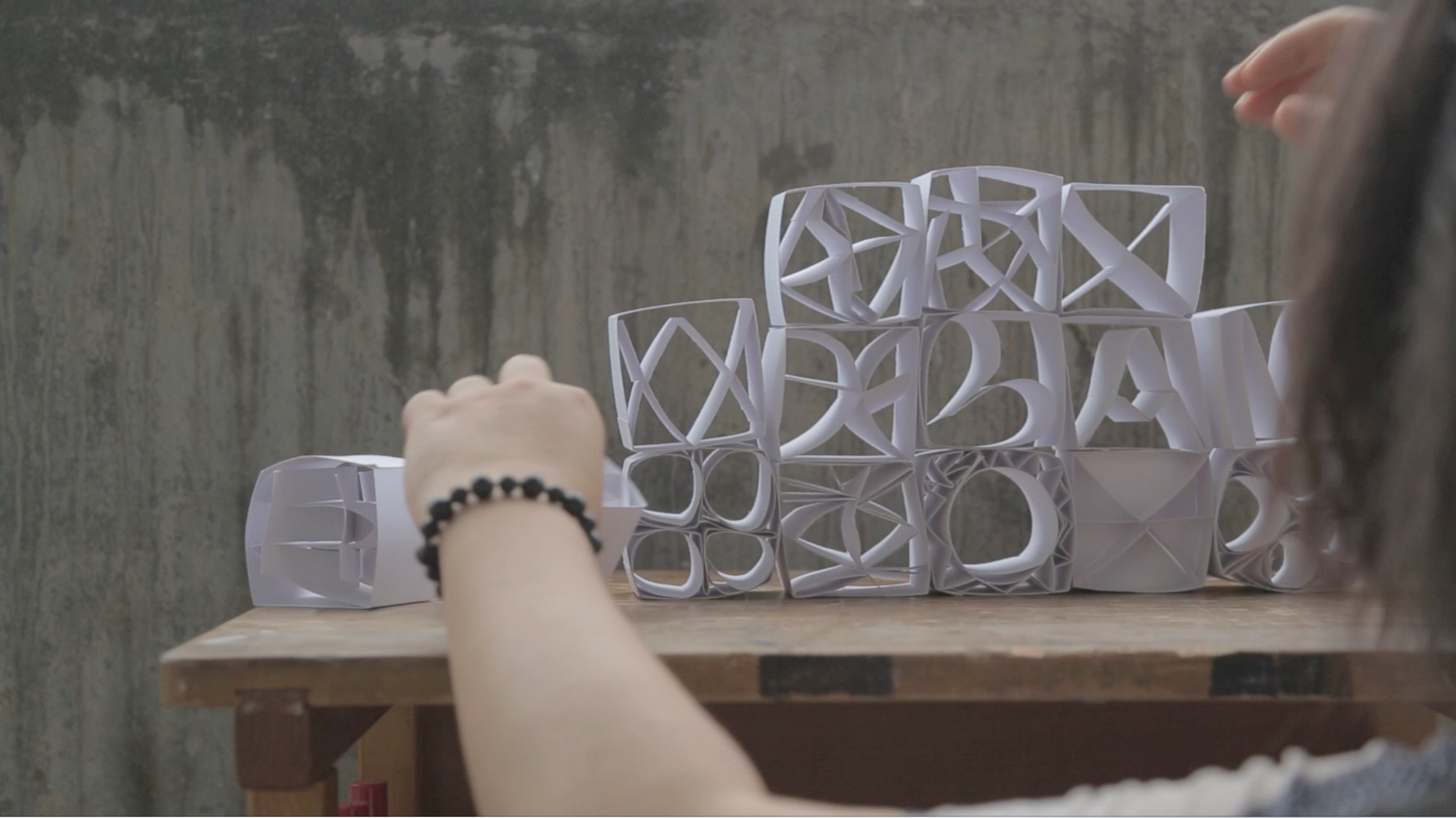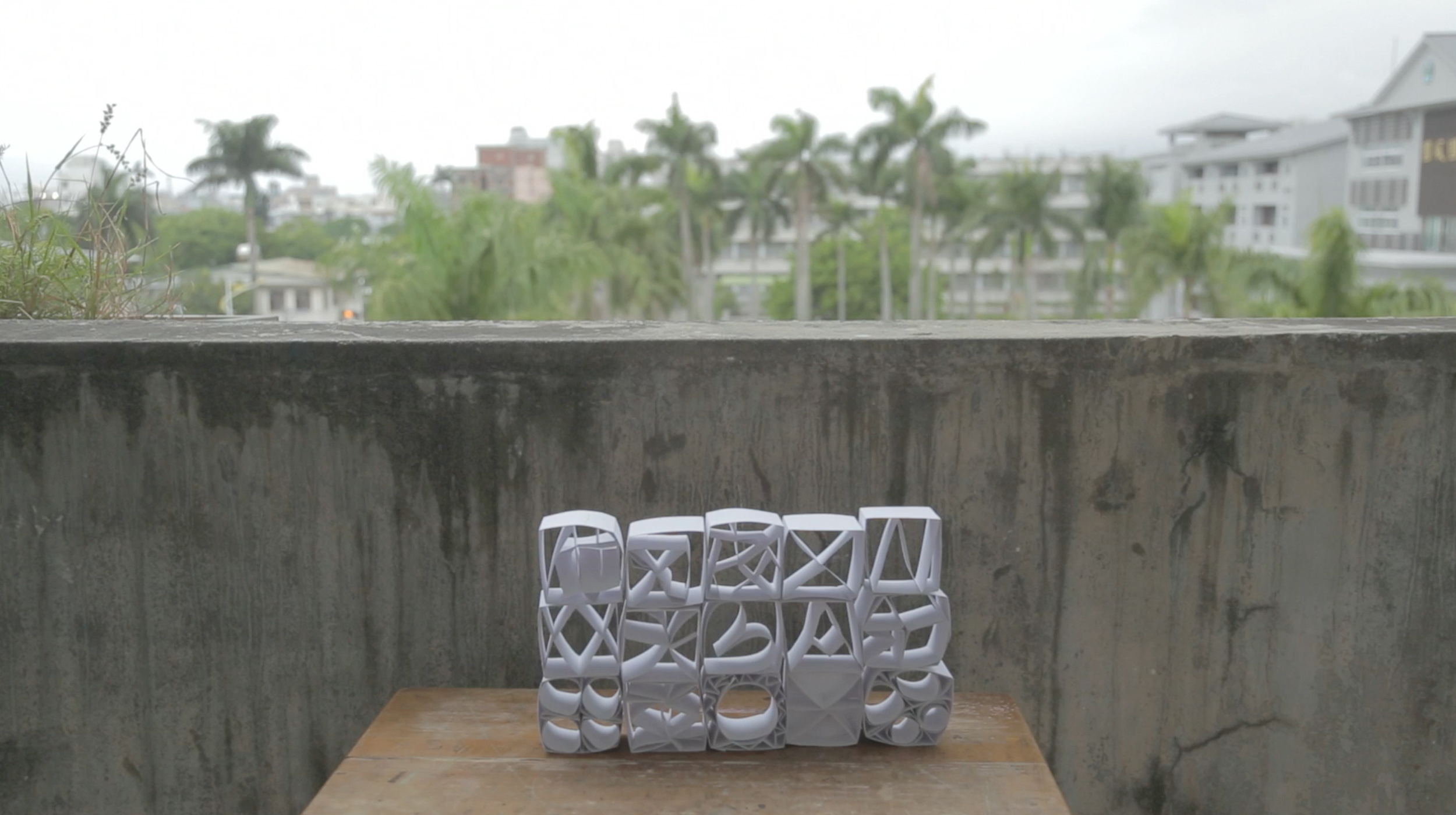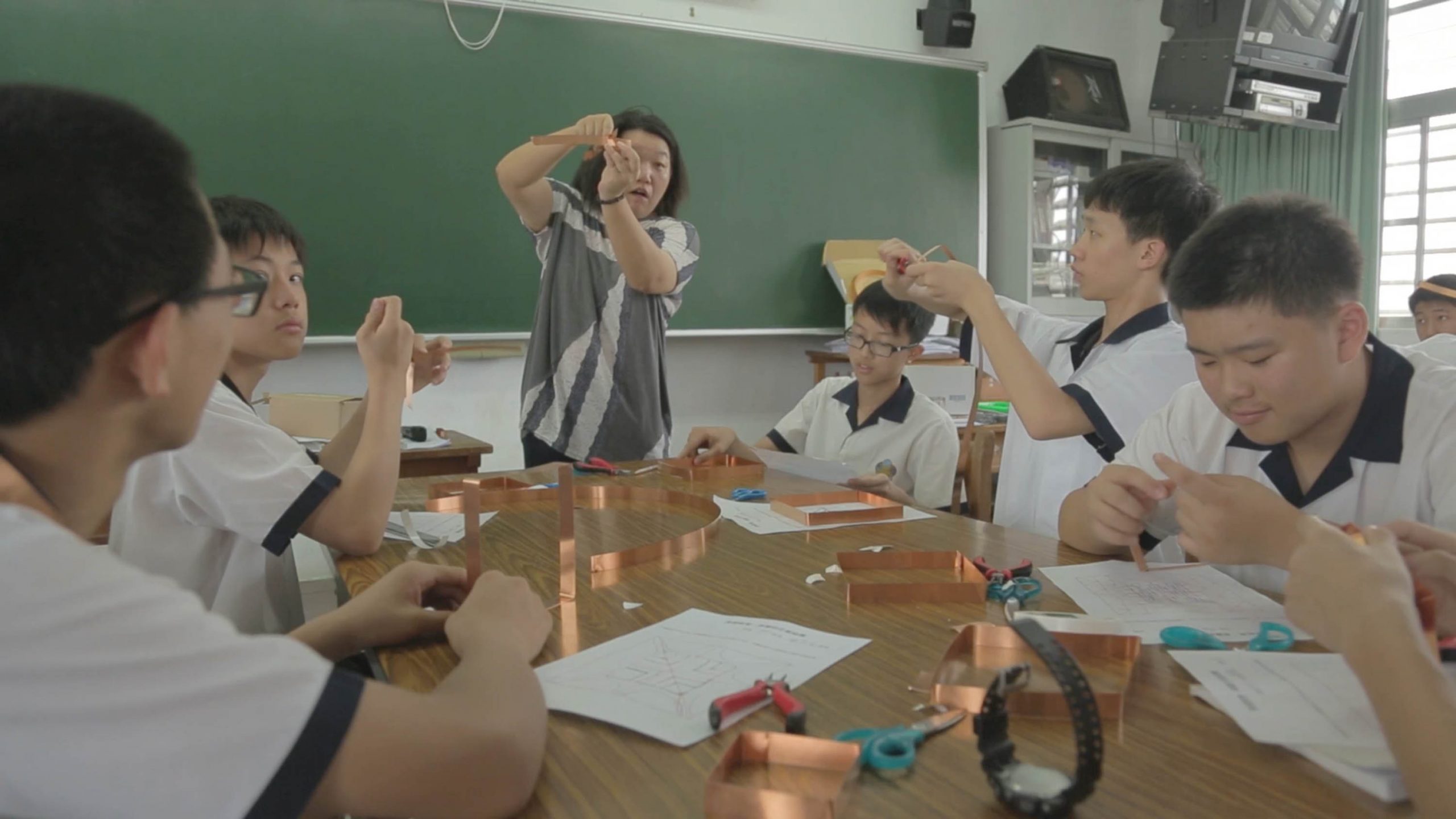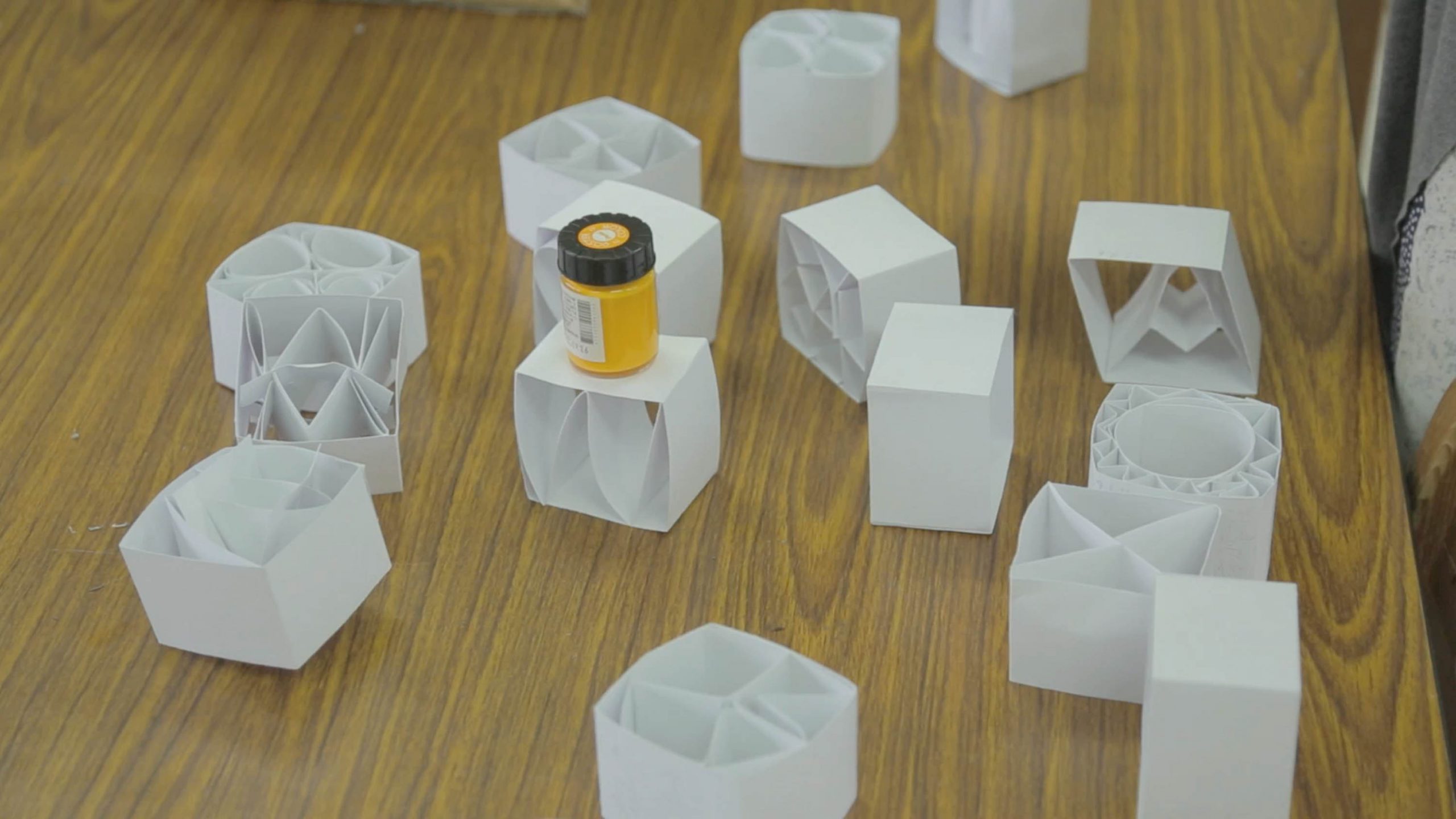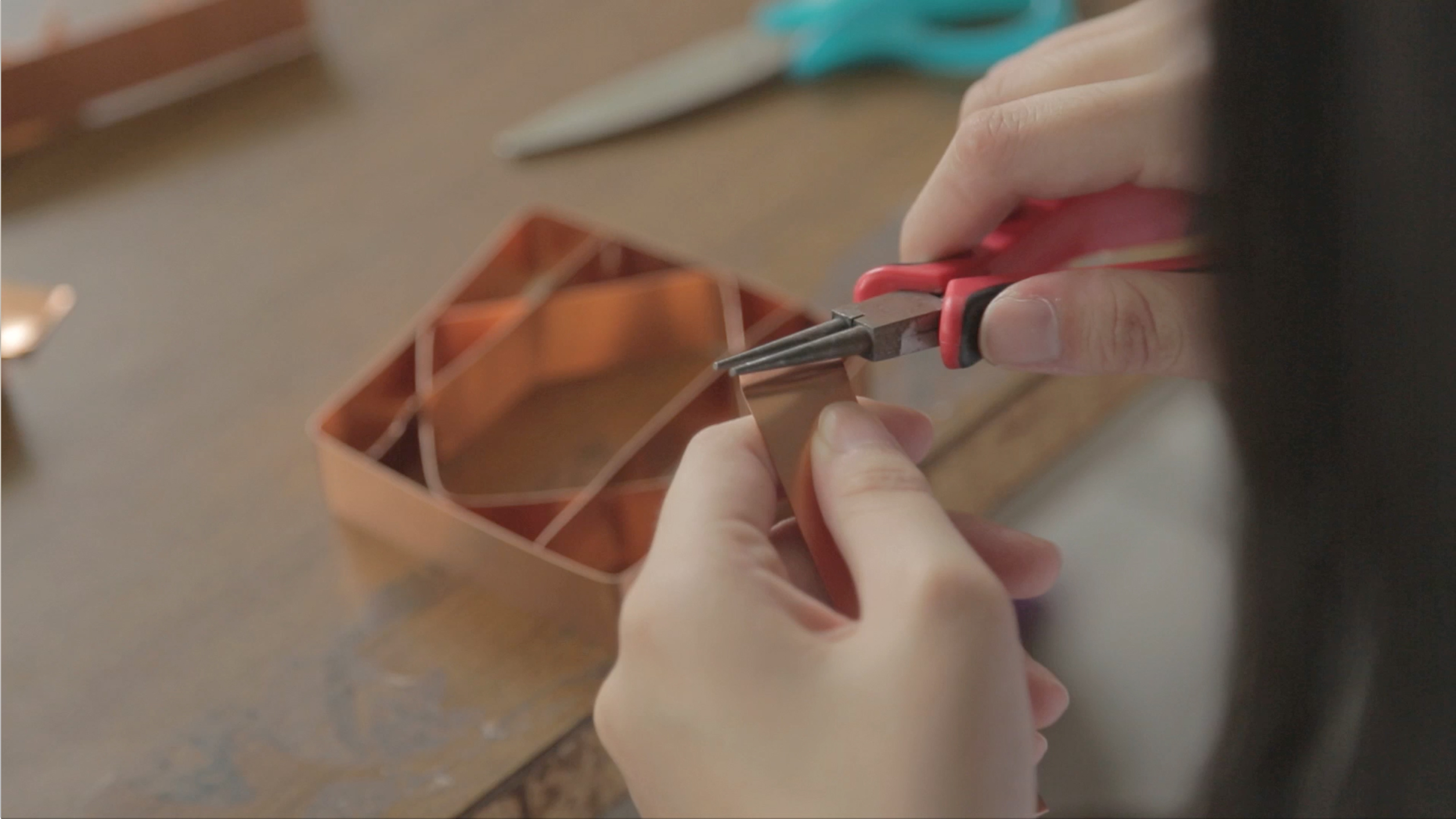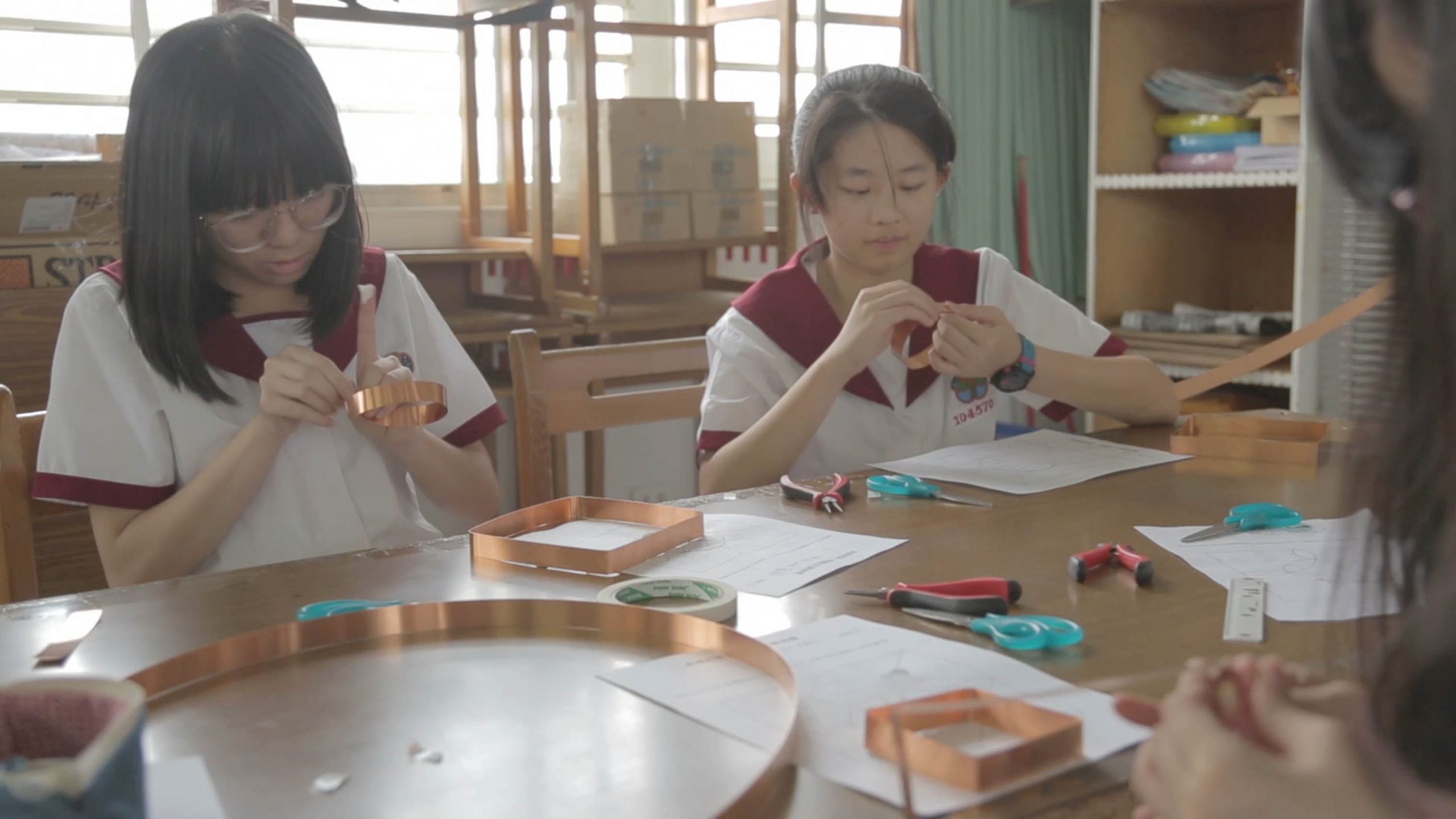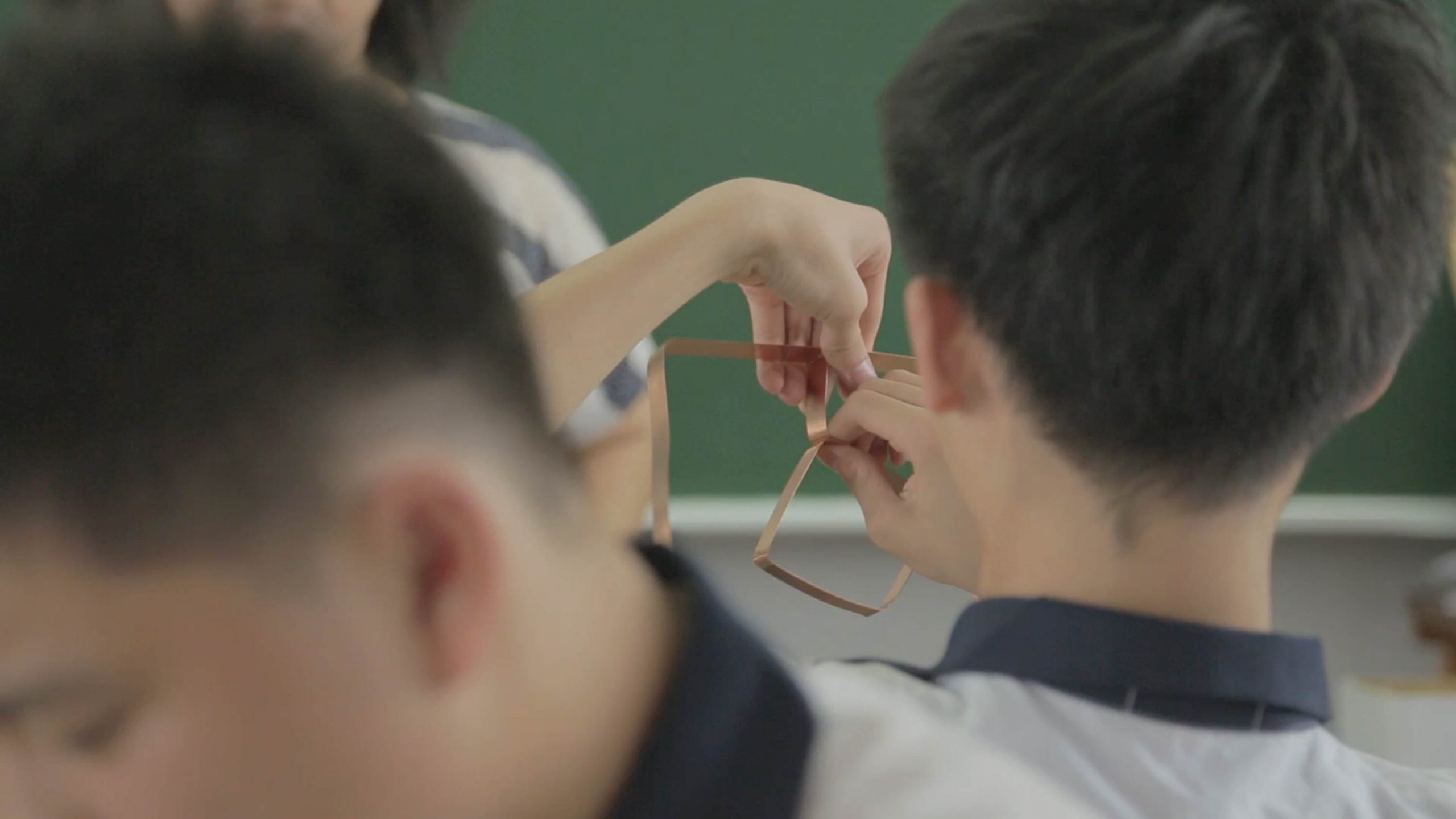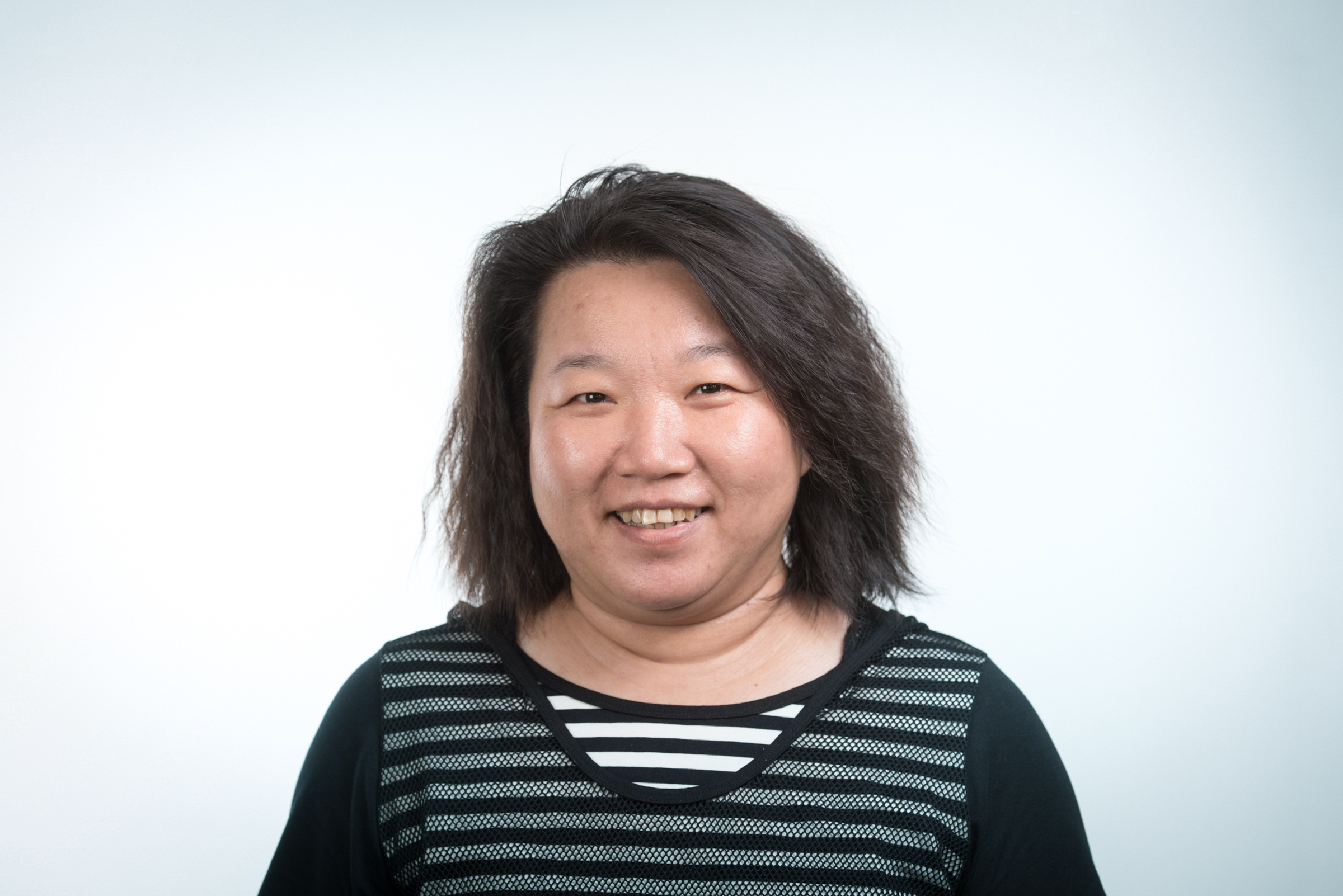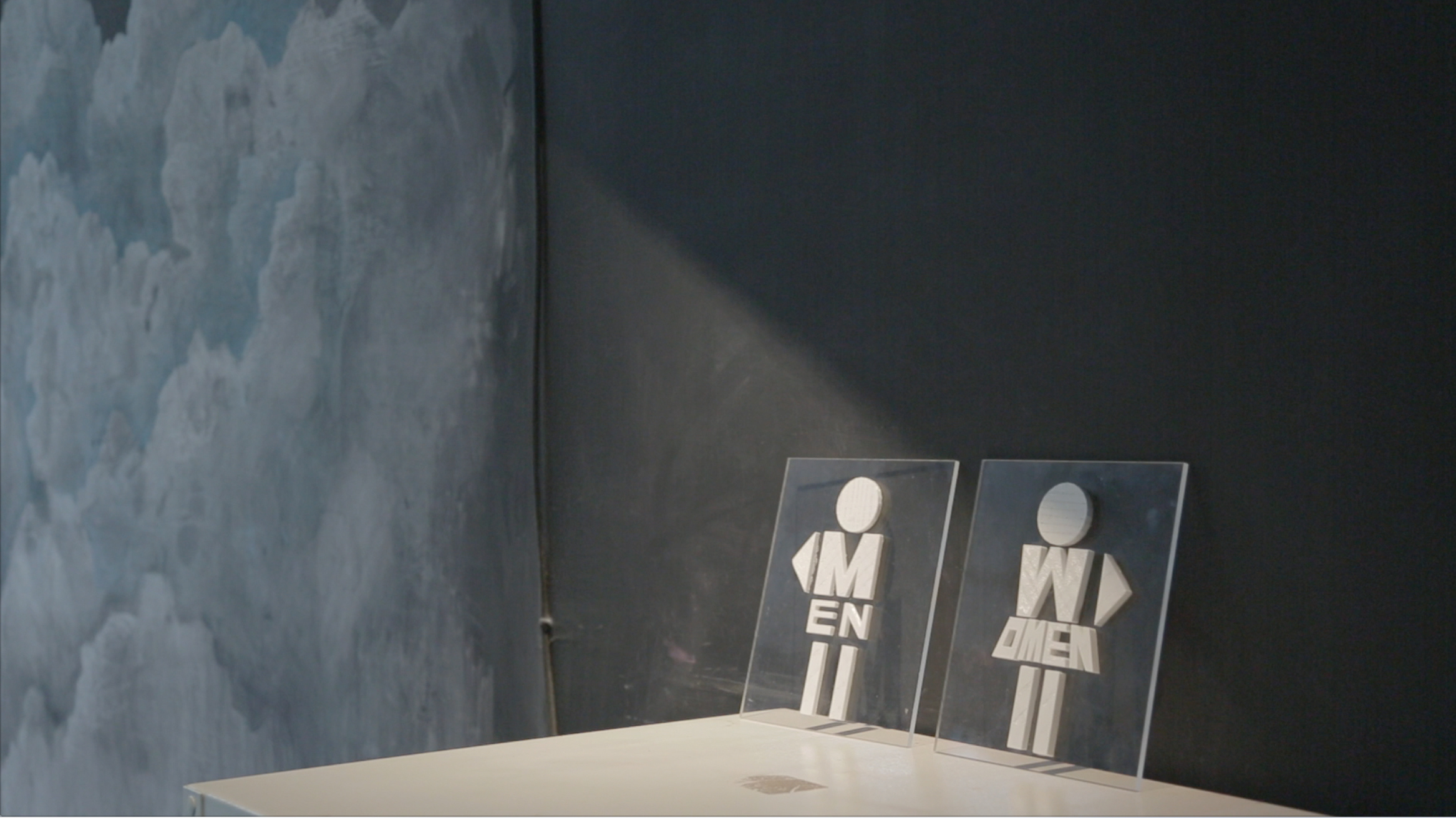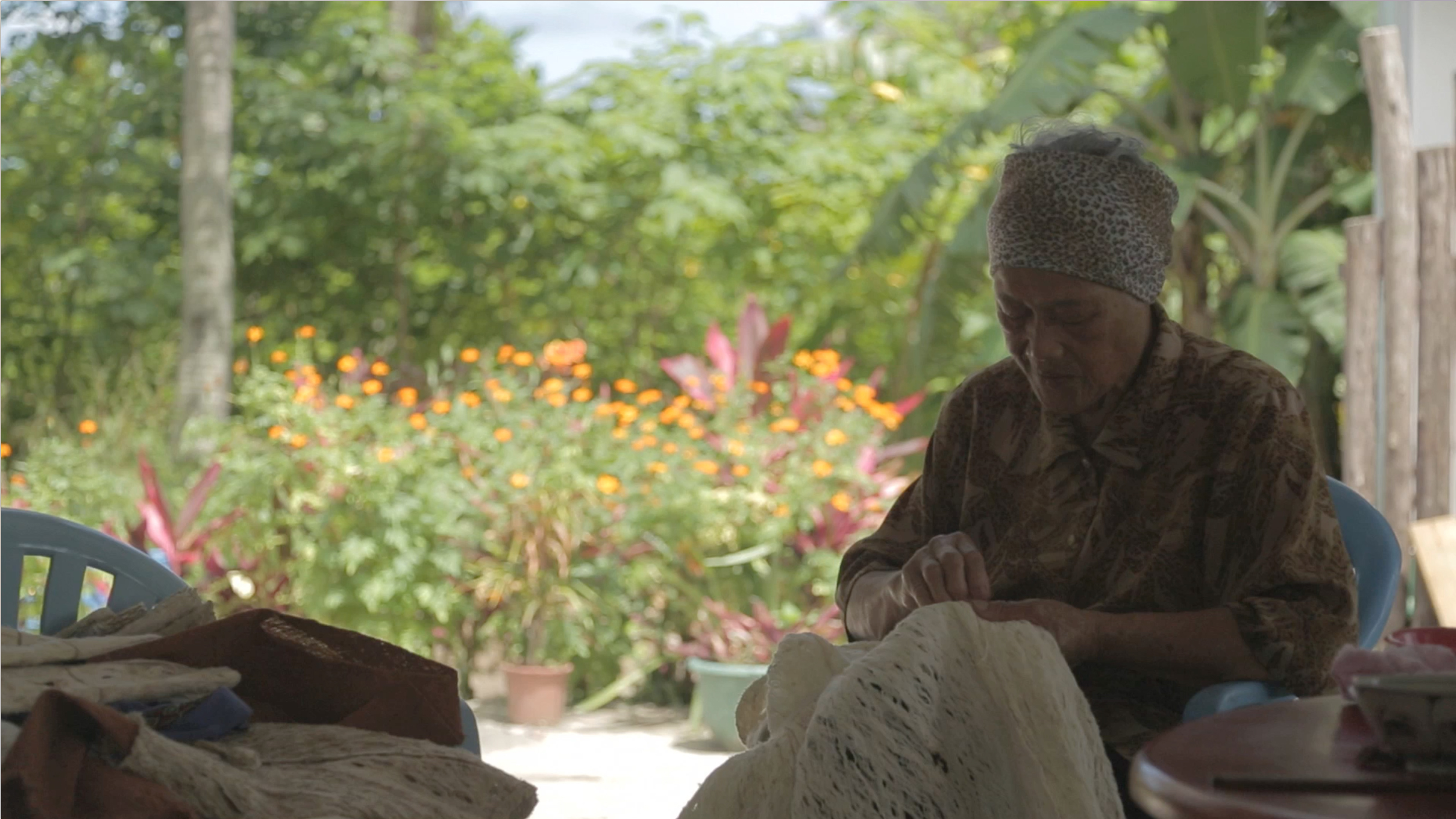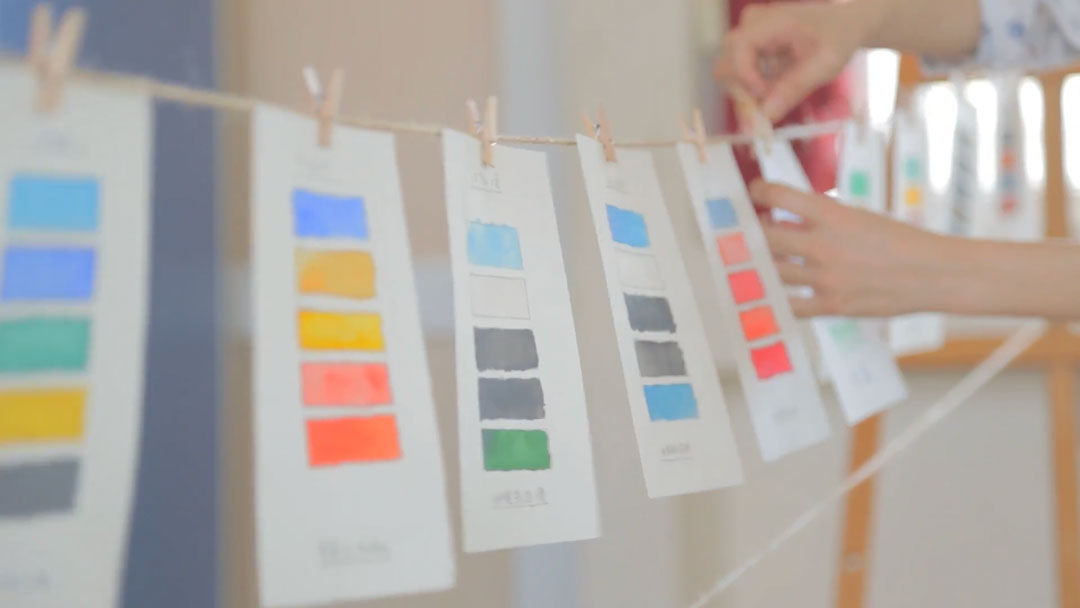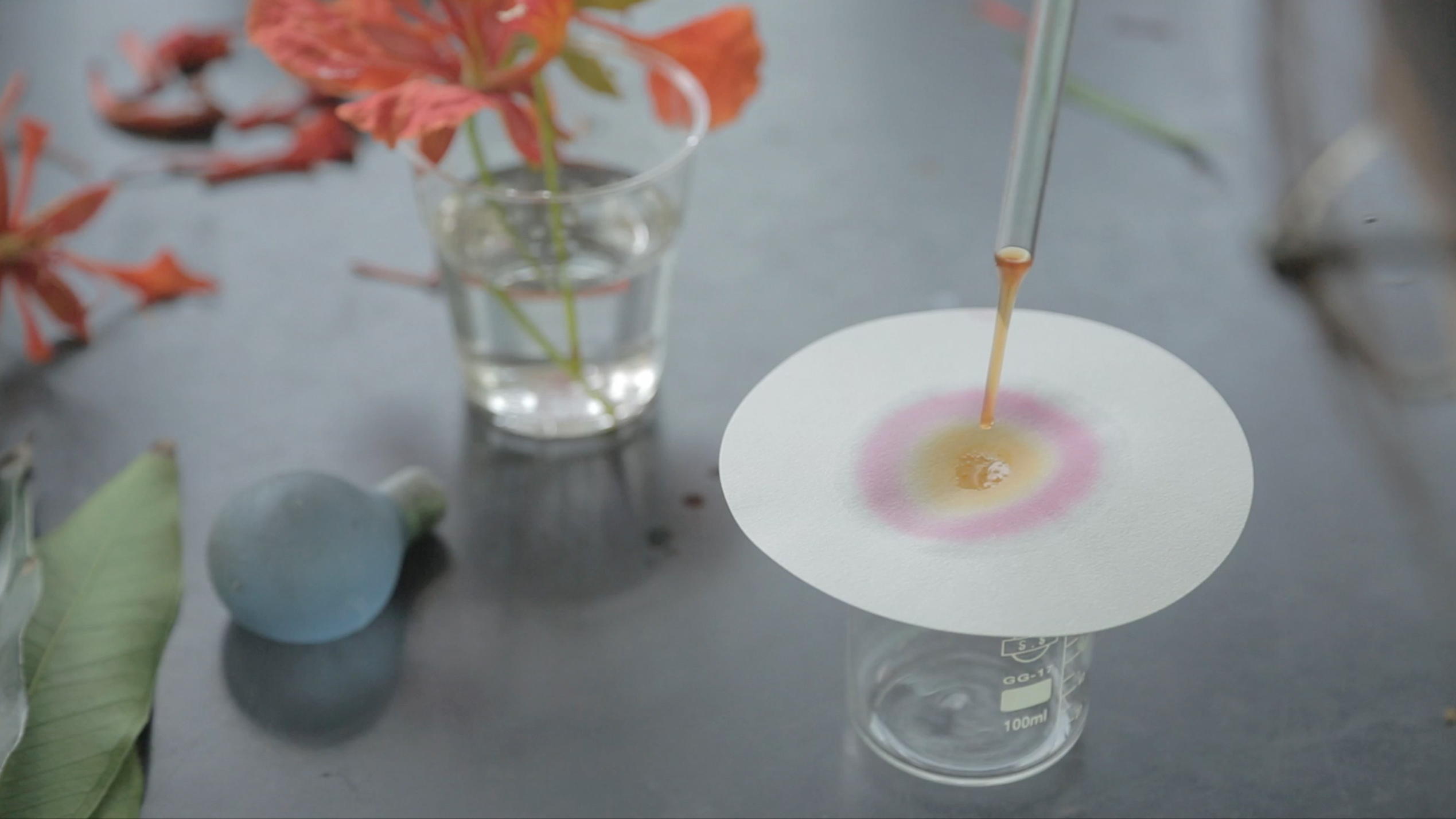Looking for the Ideal Window
In the house where Mrs. Tsai used to live, there were no barred windows. When she moved to Hualien, she still couldn’t find the ideal window for her new home. She wondered why most of the windows on the market were similar in materials and styles, and why the traditional wood lattice windows, with their beautiful patterns and fascinating structures, had disappeared.
Determined to find the ideal window, Mrs. Tsai embarked on a journey with her students. Initially, she worried it would be too complicated for them to apply design principles to their window structures. To her surprise, after a semester of art and design courses, the students had developed the ability to observe and practice effectively. They could already use cardboard to create well-structured prototypes based on these principles.
This experience made her realize the profound impact of cultivating aesthetic sensibility through practical life experiences. She saw that the children possessed infinite potential and that life is the best arena to ignite their creative power.
